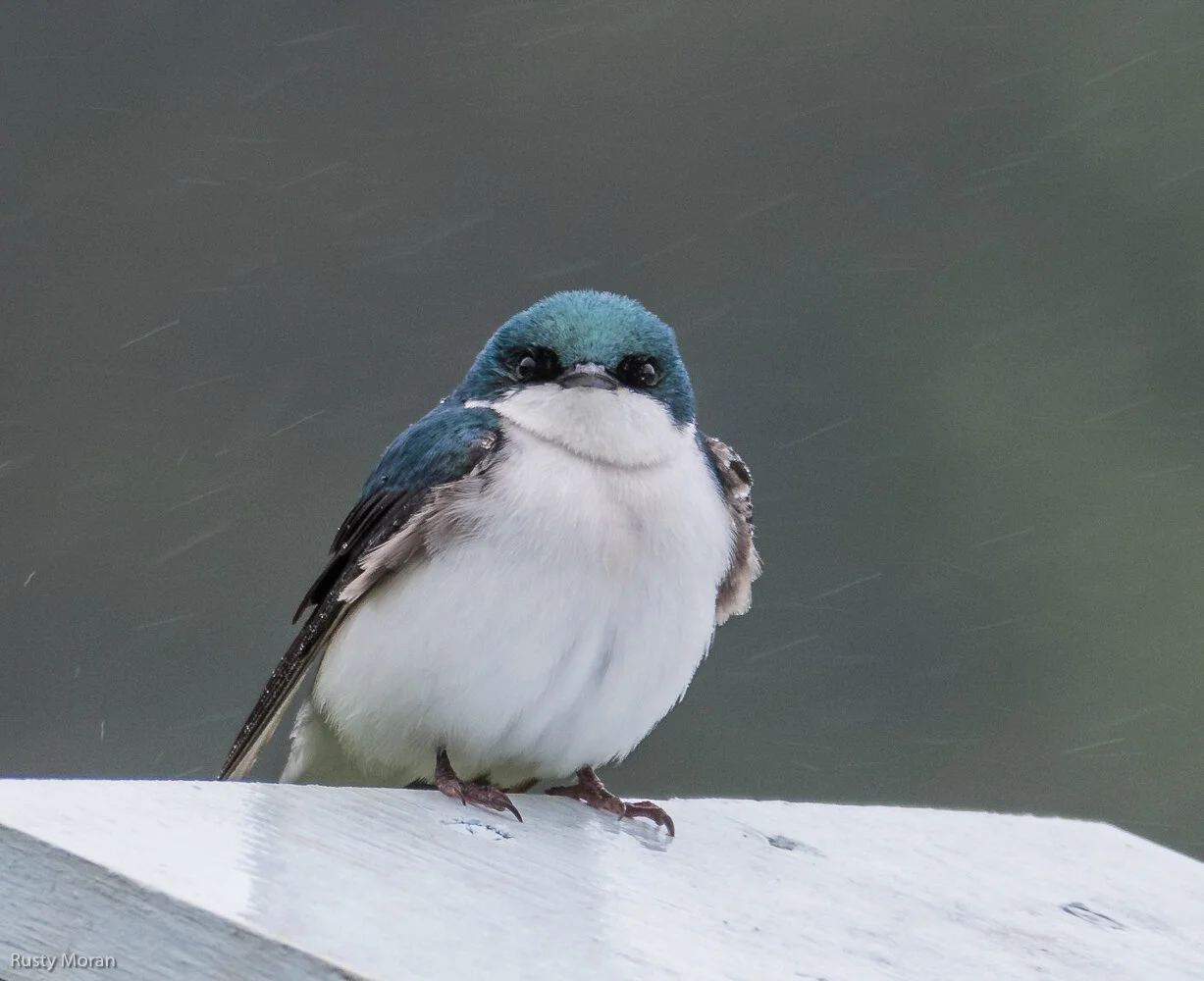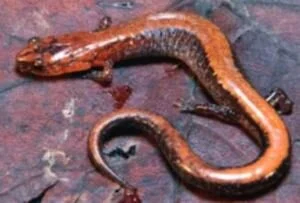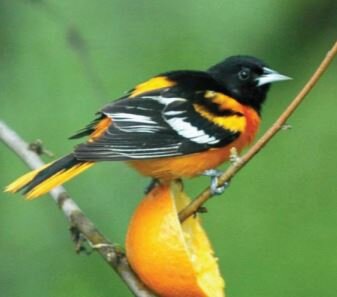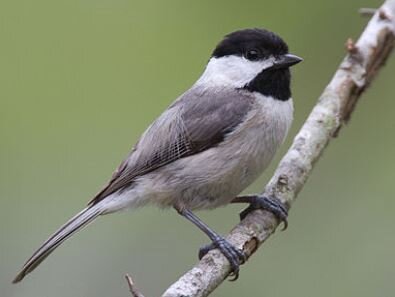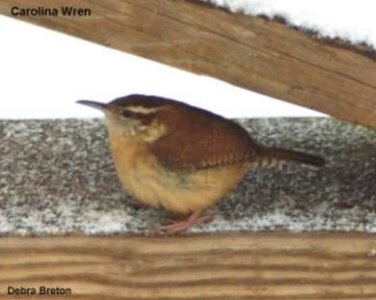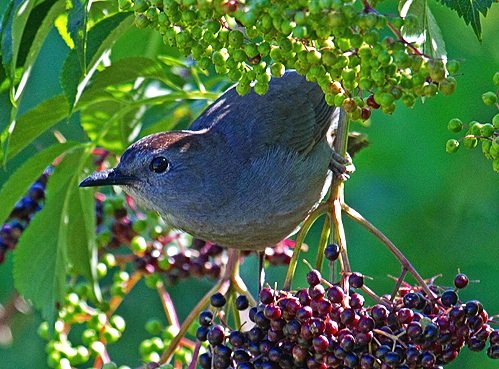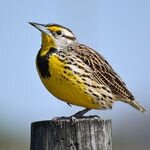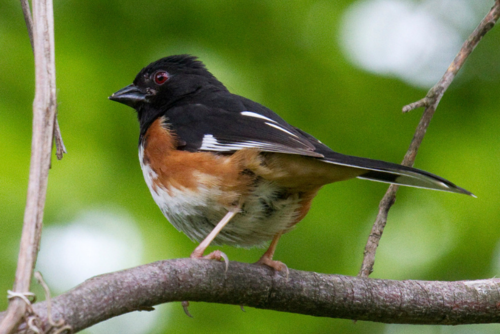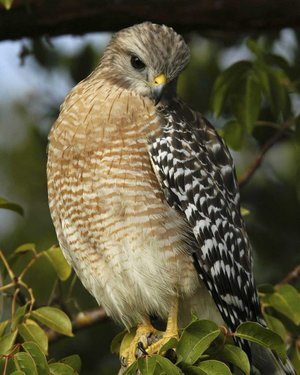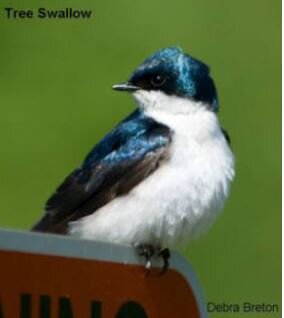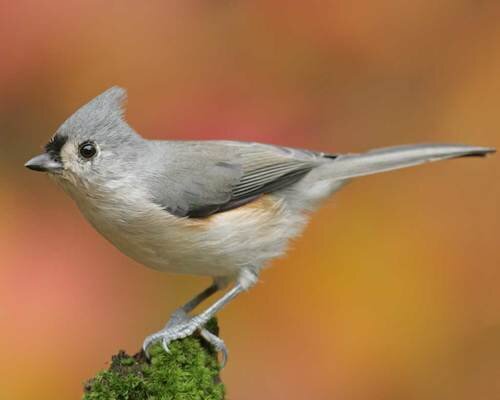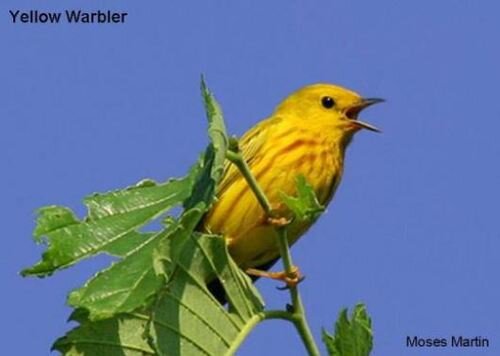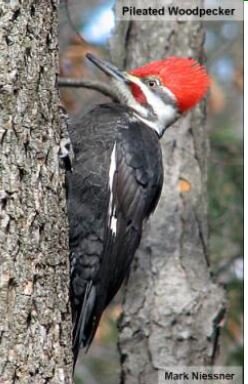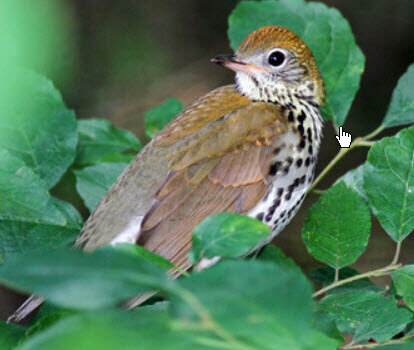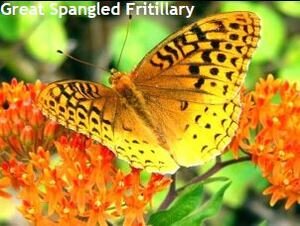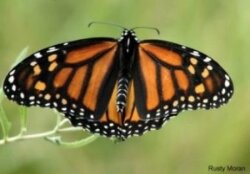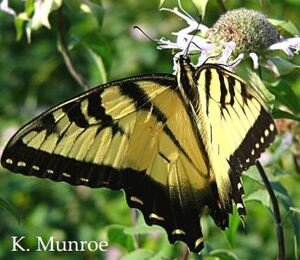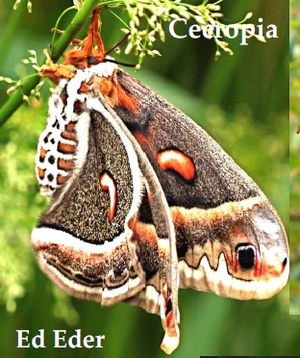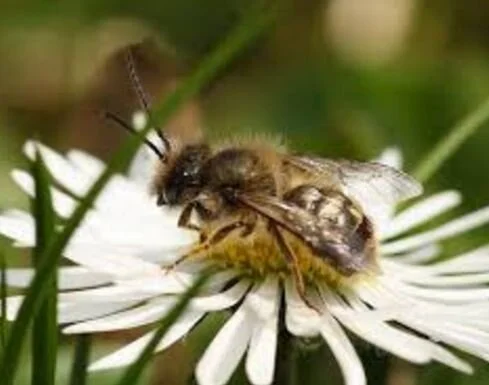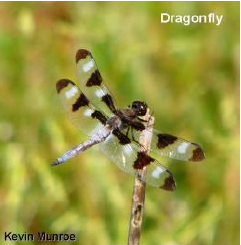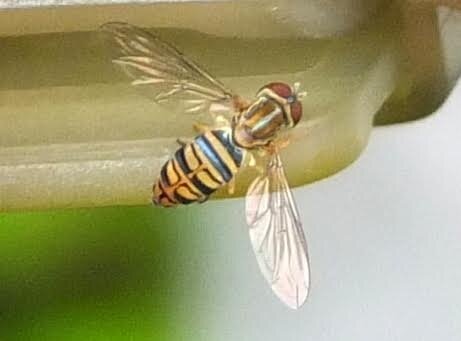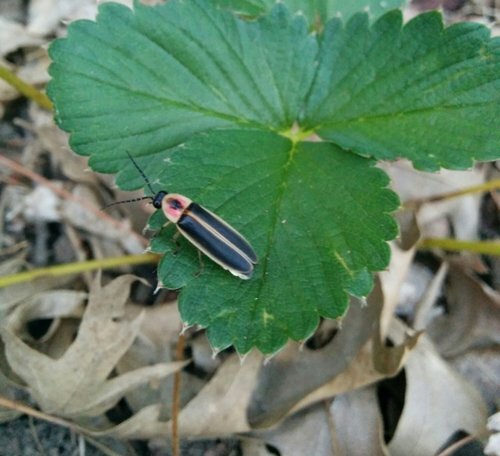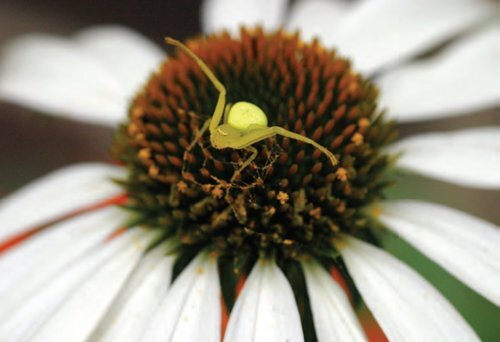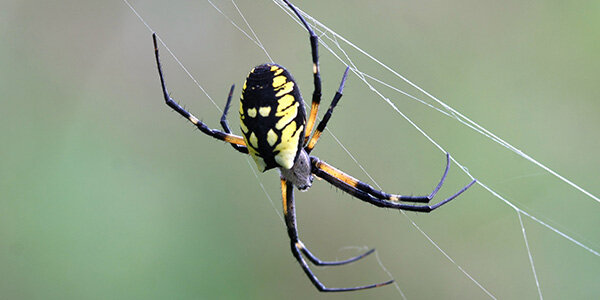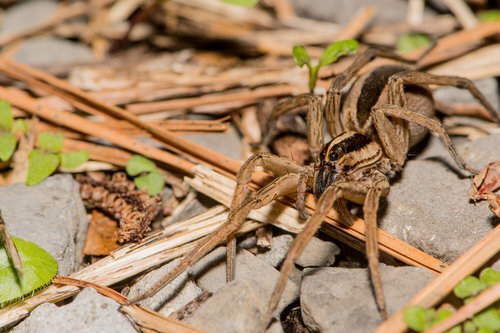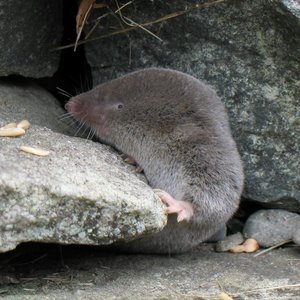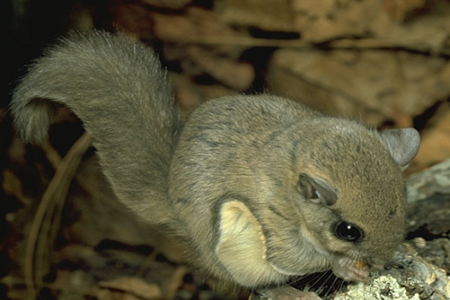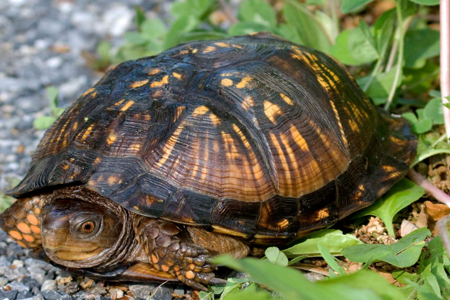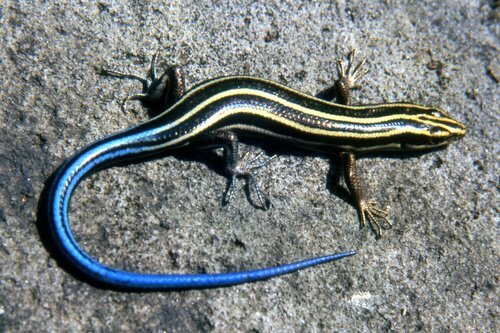The following Sanctuary Species were selected to measure the Wildlife Sanctuary Program’s success in creating habitat for native animal species. All are native to Northern Virginia as year-round or seasonal residents, or as migrants in transit between winter and summer ranges. They are suffering or are at risk of population declines due to habitat loss from urbanization. They are able to tolerate some amount of development, if suitable habitat is available, so most Audubon at Home participants can expect to attract at least 10 Sanctuary Species in all but the more intensely urbanized parts of our region. None of the Sanctuary Species are so fully adapted to development and human activity, such as Eastern Gray Squirrels or American Robins, as to not need our help.
In developing this list of sanctuary species, ASNV considered the following species criteria. Our selected sanctuary species:
breed in Northern Virginia;
have a reasonable chance of being found on and/or attracted to a suburban property;
are considered a beneficial and/or desirable species;
are a population in decline OR at risk of being in decline (in the Northern VA area) due to typical suburban land use issues, e.g. pesticides, habitat destruction, etc.
Whether you live on a 10 acre property or have an apartment balcony, you can help many of these species to succeed in Northern Virginia.
To find out more about each species and what you can do to help, click on their pictures to link to information on the species/species group including help with identification, habitat preferences, range, migration and, for frogs, toads and birds, recordings of their voices.
Download the Sanctuary Species list here.
Amphibians
Birds
Butterflies and Moths
Other Invertebrates
Mammals
Reptiles
More Northern Virginia Wildlife
Of course Northern Virginia has many more species than those on our Sanctuary list. See our Northern Virginia Wildlife Checklist and learn more about them through Bird Walks, Classes and Events and Counts and Surveys.

